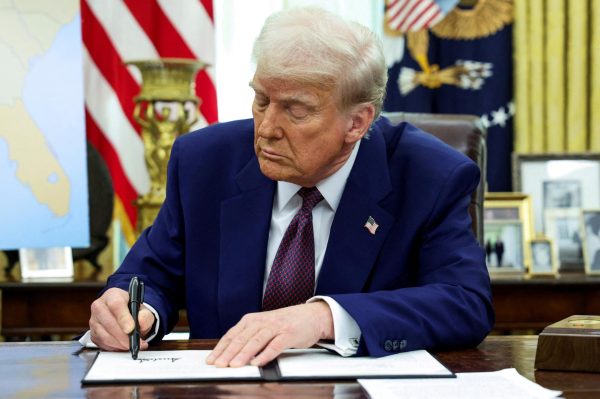Indiana’s most wanted
Did you know about these law violations that took place in our state?
Robberies and murders abound in Indianapolis, as in any other large city. Some crimes, however, go down in history for their mysterious and terrifying details.
Here are a few infamous infractions that took place here in Indiana.
- In 1965, 16-year-old Sylvia Likens’s father sent her to live with Gertrude Baniszewski, a friend of his friend who agreed to care for the girl for $20 a week. When the father made a payment one day late, Baniszewski began physically abusing the teenager and encouraging neighborhood children to do the same. This bullying progressed until it appeared that Likens was on the verge of death, at which time Baniszewski forced Likens to write a note saying a gang of boys had attacked her. However, when police found her, they could tell she had endured long-term abuse and malnourishment, and Baniszewski was convicted of first-degree murder.
- In 1977, Indianapolis resident Anthony (Tony) Kiritsis was behind on a mortgage payment, and his broker, Richard Hall, rejected his requests for extra time to pay. Kiritsis responded by holding a gun to Hall’s neck, wiring the trigger to a ring on his finger and marching the broker through busy downtown streets on a journey back to Kiritsis’s apartment. Police officers spoke with the criminal, but had to tread carefully thanks to his deadly threats. Kiritsis and Hall were barricaded in the apartment for three days before Kiritsis agreed to let Hall go, but only if the broker would erase the debt on television. After the broadcast, Kiritsis released Hall and was arrested, tried and found not guilty by reason of insanity.
- On an evening in 1978, four young employees from Speedway were closing up a Burger Chef restaurant, a then-popular fast food chain. None of them made it home, and their bodies were found two days later. This case intrigued the public because it allowed citizens to speculate on what happened—the police never uncovered a criminal and the case remains unsolved.
- In the early 1990s, after noticing the disappearance of several homosexual men, the Indianapolis Police Department began investigating a man named Herb Baumeister. When police searched his home, they discovered a makeshift cemetery in his backyard. An estimated 11 men were buried there, but the IMPD only identified four. Shortly after the search, Baumeister committed suicide, leaving behind a note that credited this decision to a failing marriage and business but did not mention the murders.
(Visited 129 time, 1 visit today)
About the Contributor

Emily Rasmussen, Editor-in-chief
I'm Emily Rasmussen, and I'm a senior and editor-in-chief of Spotlight. I'm also a few other things, including a reader who can fall in love with any...






